We already explored how reconnecting with nature benefits adults. Mostly, the same seems to apply to kids. Studies indicate that spending time in nature benefits children both physically and mentally. Those who interact with nature are happier, healthier and develop better than their peers who don’t.
Perhaps more importantly, children who spend time in nature are more likely to feel a connection to and responsibility for their immediate environment, as well as conservation issues in general. Raising nature-aware kids doesn’t just benefit you and them. In the long run, it could help our planet.
Nature Can Be Found Everywhere
Let’s get the painfully obvious out of the way: spending time in nature will help kids connect with nature. Depending on where you live, that doesn’t necessarily mean a trip to the great outdoors or even the local park. It can be as simple as observing the ants in your back garden, watering the flowers on the balcony or identifying the hardy plants growing through the cracks in the pavement.

You don’t even have to leave the house (although getting out for some fresh air and exercise is, of course, always a good idea). From the comfort of your own home, you could keep a seasonal diary of the changes in the tree across the road, set up an ice experiment on the windowsill during winter, or tend to the spiders that live in the corner of your living room.
Get Dirty
Jumping in puddles, feeling the squish of mud between your toes and hearing the crunch of dried leaves as you roll around in them all contribute to the joy of being in nature. Allowing all of this and more will not only make nature time seem like a special treat, it also enables little ones to explore the earth, its plants, rocks and creatures in a sensory, intuitive way. Time spent in nature will also inevitably lead to bits of it being dragged into your house, so be prepared for home to get a bit ‘dirty’, too. No trip to the beach, park or river will be complete without myriad seashells, sticks and rocks accompanying you on the way home, so create a place where they can be displayed like the treasures they are (even if they look like junk to you).

Play Games
As anyone with kids big or small knows, the best way to get them to do something you want them to do is to turn it into a game. This could mean planning a scavenger hunt, organising educational games in nature or joining an outdoor play group. However, it can also be as simple as following the children’s lead and letting them make up whatever games seem most appealing to them. Bonus points to all adults who get involved and are willing to get as dirty as the little ones!
Start Young And Keep Learning
Encouraging children to observe nature and draw their own conclusions is a great way to hone their science instincts. No child is too young for this, so introduce them to natural spaces, materials, plants and animals from the earliest age, tell them what they are looking at (or chewing on), then start asking them questions or allow them to ask you once they are verbal. When these unassisted techniques reach their limits, it’s time to bring out the library card or take to the internet and learn more. Make a note of every question that arises during family outings and look up the answers together when you get home.
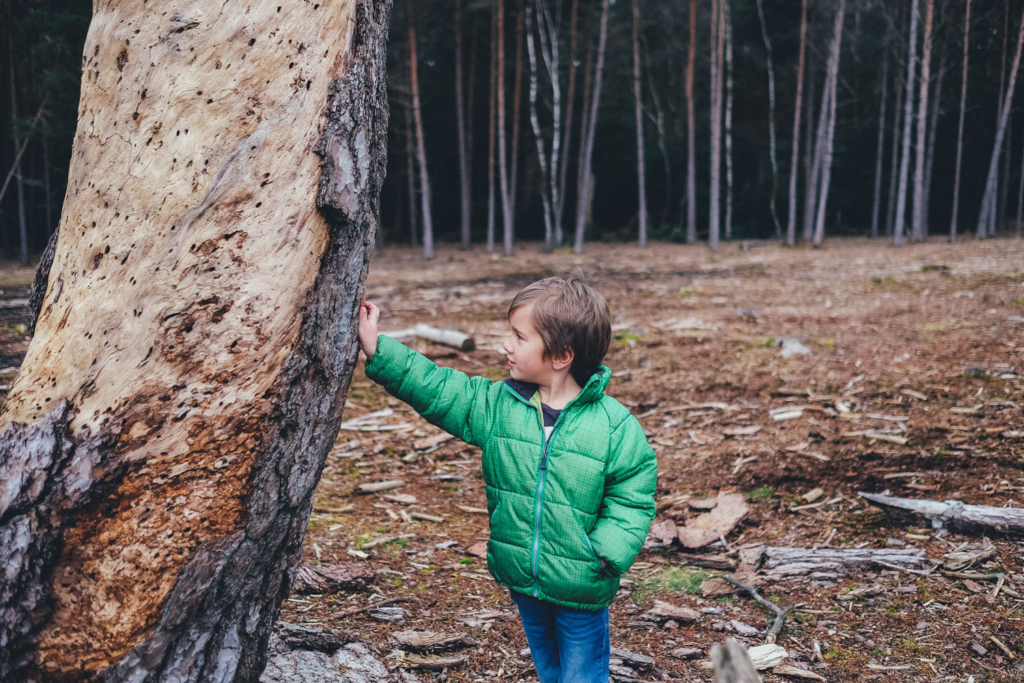
Experiment
Nature and science go hand in hand. Once your kids are ready, you can introduce a more systematic approach to their interactions with nature. Tap into a topic that already interests them and teach them to observe a phenomenon, predict what will happen next, check whether their predictions were correct, then record and communicate their results. There are countless books and online resources that will help you find an experiment to capture their imaginations.
Get Creative
Of course, science isn’t the only lens through which to view nature. Allow your kids to explore their creative side by encouraging them to draw or paint what they see in nature. With Mother Nature as their muse, they can let their imagination run free, discovering an entirely different way of looking at the world around them.
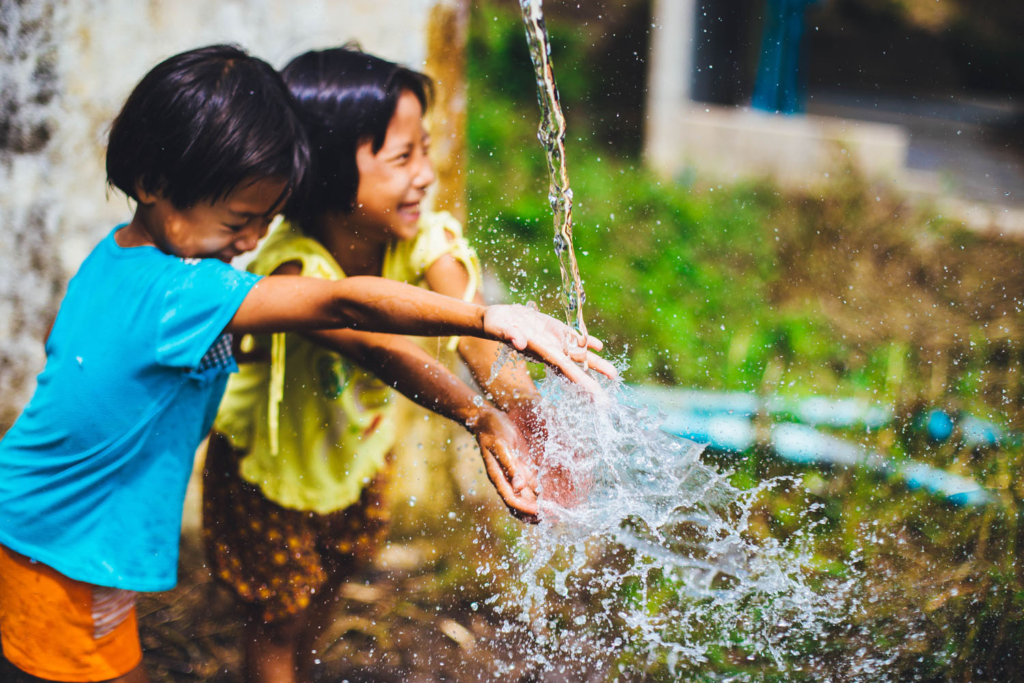
Eat What You Find
Having a picnic at the park is a great start – step it up by including foods you picked and foraged yourself. If you are unsure about what nature’s larder has to offer, consult a book or participate in a guided foraging tour. This won’t just help kids connect with nature, it also helps them develop a healthy relationship with a variety of local foods.
Immerse Yourself
You don’t have to go all the way out into the great wilderness to get in touch with nature – but it won’t hurt either. Once you’ve made first contact, keep pushing past your comfort zone. Start with a weekend at a campsite, and maybe eventually you’ll be ready for a week’s wild camping in a national park. Begin with a day hike, then perhaps one day you’ll be able to attempt a long-distance trek. If you are ill-equipped for roughing it outdoors but want your children to learn skills you never had, sign them up for a summer camp or an outdoors-oriented youth club, or join a group tour that will teach the entire family.
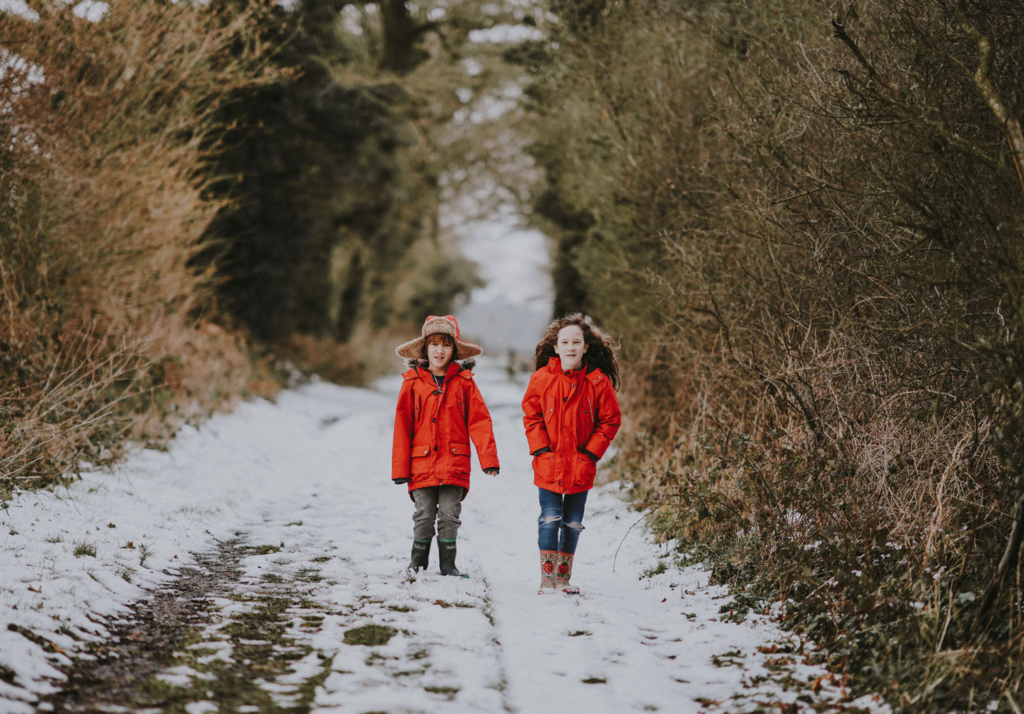
Meet Some Furry Friends
Animals are the easiest way to capture a child’s heart and imagination. However, owning a pet and taking a trip to the zoo are not the only ways to let them interact with animals. Whether you rule those options out due to ethical or practical reasons, there are many other possibilities to let children learn respect and responsibility for another creature. Depending on where you live, you could try farmyard stays or a visit to an animal sanctuary, volunteer at an animal shelter or simply observe, feed and interact with wild animals in appropriate ways.
Celebrate The Seasons
All human societies have marked the turn of the seasons in some way – and still do. Although many of these traditions take the form of religious rituals, you can just as easily welcome spring by picking wildflowers, talking about the baby animals being born and planting seeds in your garden, on the balcony or windowsill. Winter, on the other hand, can be celebrated by making bird feeders, experimenting with ice and snow, or observing the winter sky on a cold, clear night when the stars are most visible.





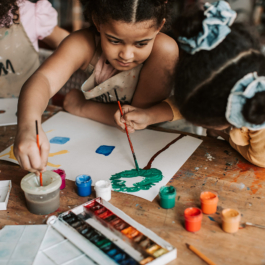

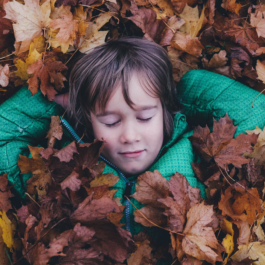
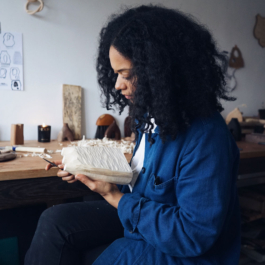


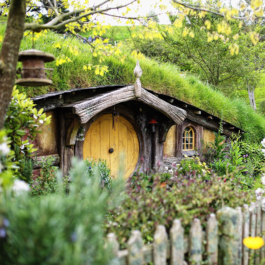


Sorry, the comment form is closed at this time.